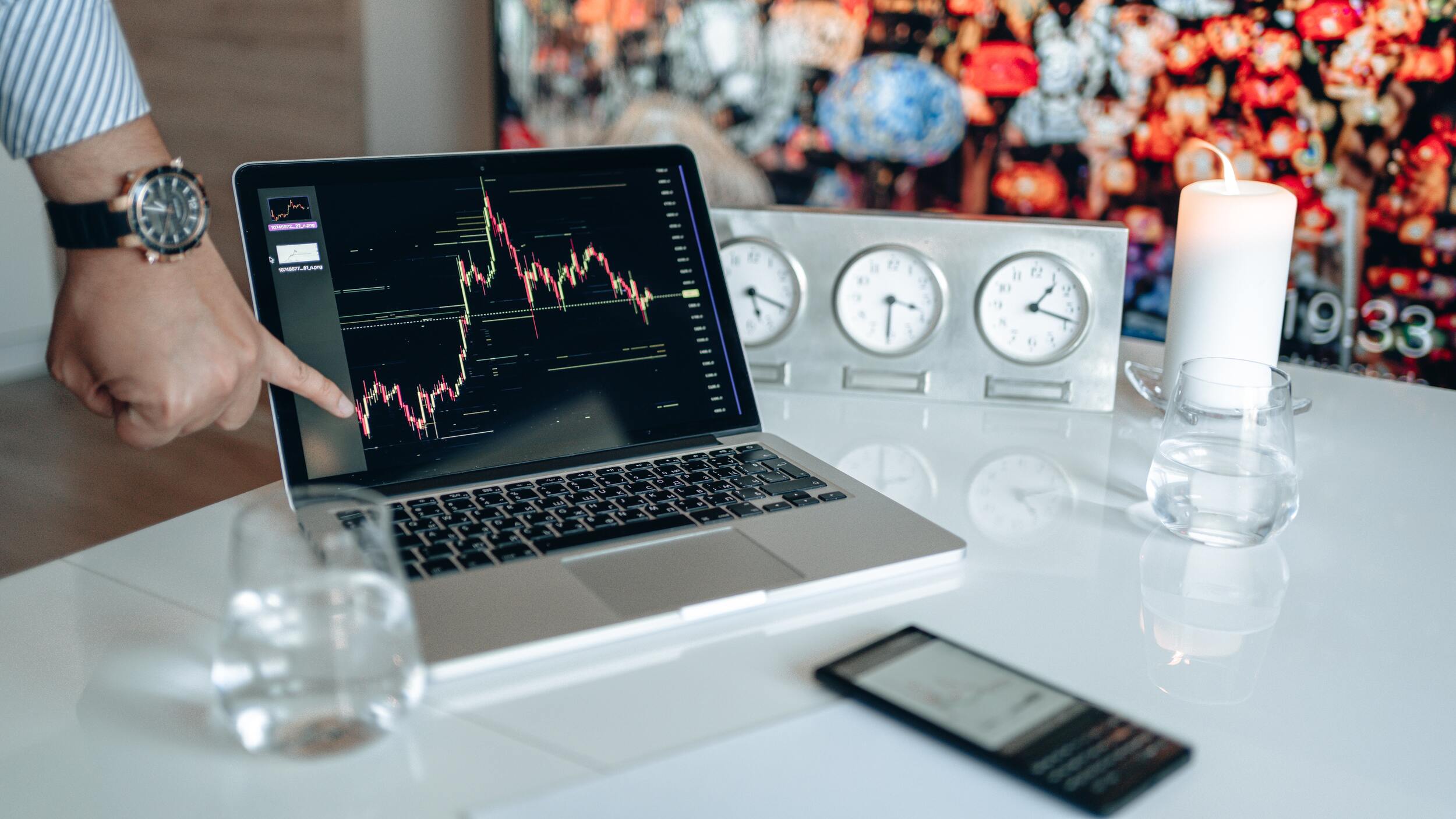When trading in the market, trading bias enables traders to make knowledgeable selections. Both new and seasoned traders may relate to this. What this piece will address is:
- What is a trading bias?
- Why bias is necessary for traders
How to create a technical indicator for trading bias
- Reading more to create a good trading attitude.
WHAT DOES BIAS MEAN IN TRADES?
Trading bias refers to a tendency or viewpoint among traders in the financial markets that there is a greater likelihood of a particular result than any other potential outcomes.
These trading biases are based on technical and fundamental elements supporting a particular view of how the market behaves. This often pertains to market patterns that are either bullish or bearish and signifies the best trading approach.
WHY DO TRADERS REQUIRE BIAS?
Bias is necessary for traders to judge trades consistent with their chosen trading strategy. The ultimate objective is to choose wisely when real money is at stake. Each deal involves many choices, which may be confusing and result in mistakes.
For instance, a trader must choose the market, the time to enter, the length of time to hold the trade, the time to exit, and the quantity of the deal. Other options must be taken, such as whether to adjust my stop loss, accept partial winnings, and cut down (there are many more choices to be made, but you get the point).
In the realm of trading, novice trader often finds themselves torn between the chance of profit and the danger of loss. They lack the experience necessary to generate strong feelings regarding the trading setup. Essentially, they lack the assurance and capacity to “manage” a successful conclusion and become immobile and indecisive. They allowed other factors, such as their most recent demo results, to incorrectly anchor that feeling for them as a consequence.
Younger traders often base their views exclusively on results. The issue with the results is that they were probably riskier overall despite the possibility that some of those transactions were lucrative.
The following are the key elements a trader needs to establish a trading bias:
- Which market should I trade-in?
- Which way should I trade?
- When do I enter?
- When do I leave?
- Trade volume?
WHAT MARKET TO GO INTO?
For new traders, choosing a market to trade in might be challenging. Traders sometimes choose well-liked marketplaces even though they don’t provide suitable trading possibilities.
Many traders employ their trading methods (such as trend trading) to find suitable needs. Other traders like using fundamental research to decide which markets to trade in by looking at political news or macroeconomic occurrences.
WHICH WAY DO I TRADE
The market trend, which is connected to the trading technique, often determines the direction of the trade. Depending on the trader’s preferred trading time horizon, they might be either short- or long-term trend signals.
WHEN TO ENTER AND EXIT
Technical and fundamental analysis are both used in trading the markets. They may be exchanged alone or in combination to identify purchase and sell points. Technical methods like indicators (moving averages) or trading breakouts utilizing price movement often establish these entry and exit points.
SIZE OF TRADE
Any trading strategy must have a trade size. This is a factor that novice traders often ignore and trade recklessly. The magnitude of the trade must be considered about the balance and size of the account.
HOW TO CREATE TRADING BIAS WITH TECHNICAL INDICATORS
Technical indicators that give supplementary data, like the moving average, might help traders develop a trading bias.
Moving Average:
Another method traders may use to identify a bias in their trading is moving averages. Trading typically uses a 200-period simple moving average (MA). Traders may use this indication to check if the price is above or below the moving average on any graph. If the price is higher than usual, traders may assume that the trend is upward and search for buying opportunities. On the other hand, if the price is below the average, traders may claim that the movement is down and have a bias to sell.
The moving average trading bias on the GBP/USD chart is seen below. Price is trading significantly below the indication after the 200-period MA was implemented. This knowledge allows short-term day traders to establish a bias to hunt for sell positions. This bias may be maintained until prices begin to climb toward a higher high and break through the moving average line. As can be seen in the second chart, the reverse is true when prices are trading above the MA.
Bearish trading bias:

Bullish bias in trading:

Changing prices:
Price action is the first tool for spotting a trading bias. By spotting a swing high or low on a chart, traders may determine if prices are regularly increasing or decreasing. Traders should develop a bias to purchase if prices are rising and lows are also moving upward. Trading should be biassed toward selling if prices fall (lower lows and lower highs). This approach applies to almost any trading strategy and involves evaluating 200-300 periods on the chart.
Trading bias for the EUR/USD price action:

The four-hour EUR/USD chart is shown above. Traders will look back on about two months’ worth of data to start their research. This will display to traders around 300 four-hour candles. Watch how prices for the chosen time are gradually dropping to new lows. This demonstrates that the market is in decline, which may encourage traders to have a sell bias.

